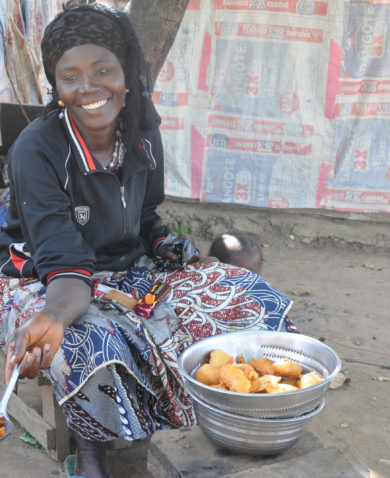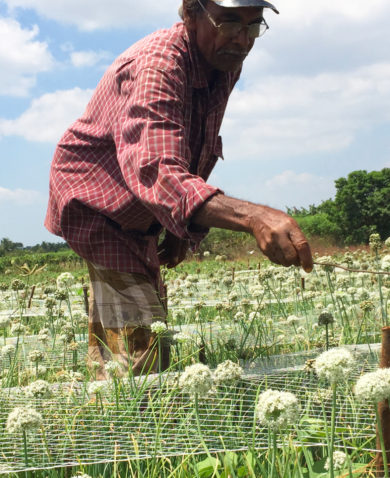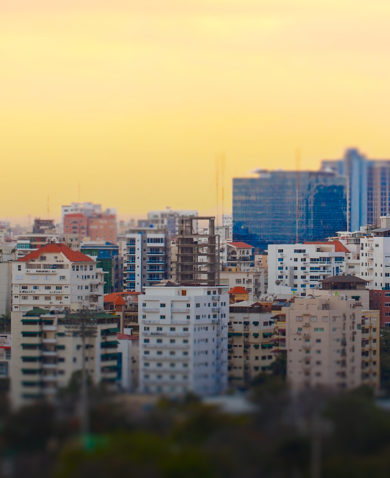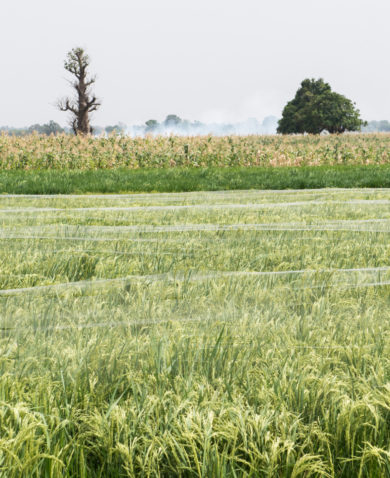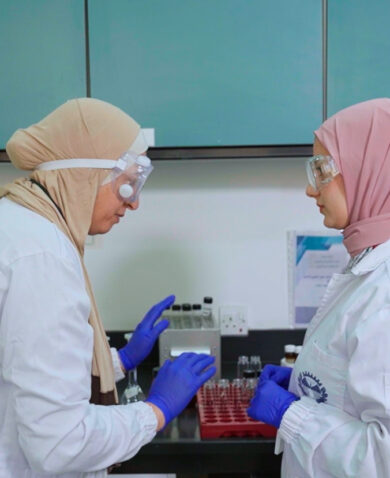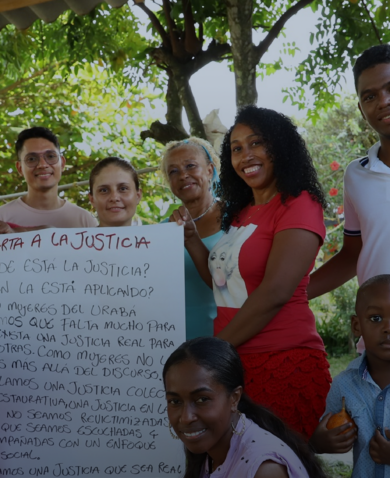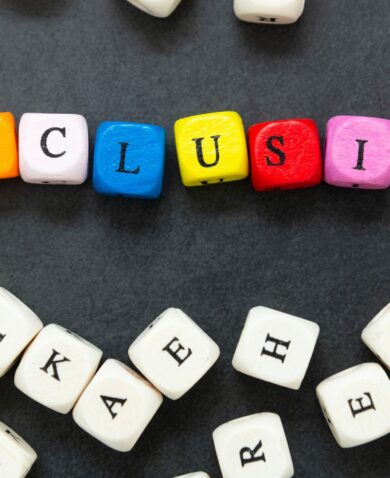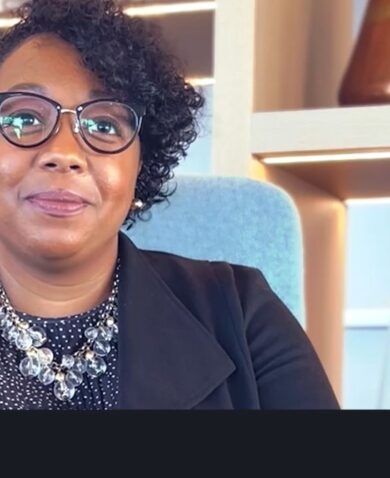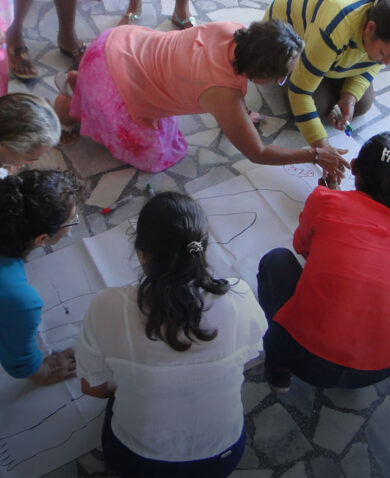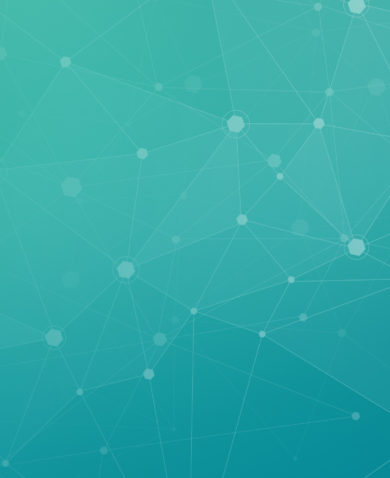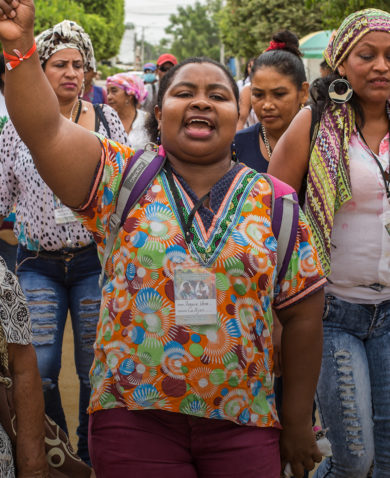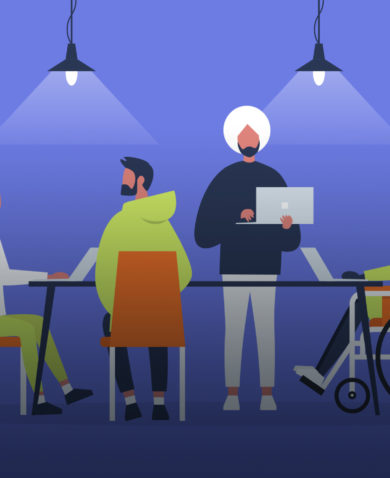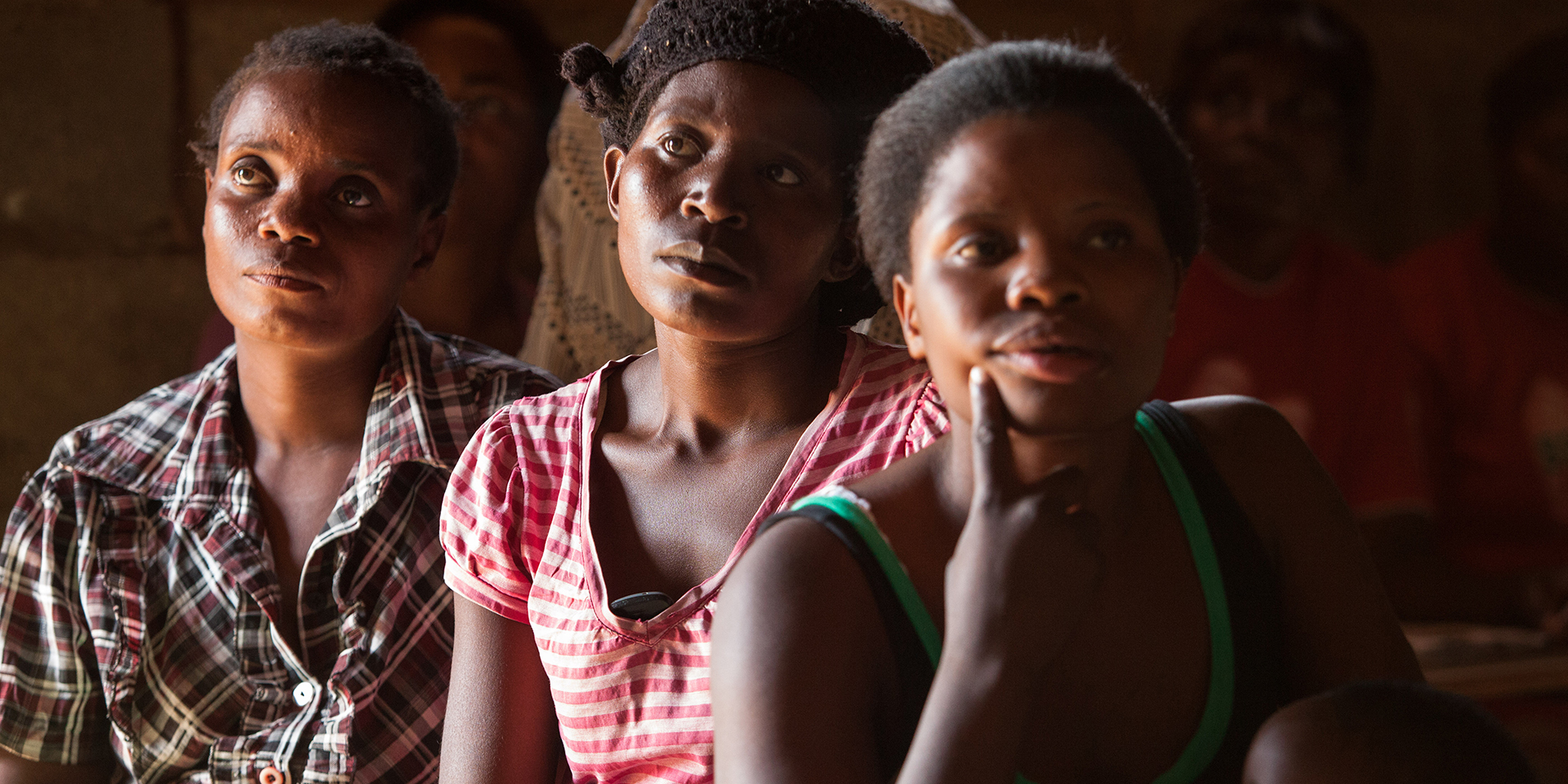
All Health Care Providers Should Be Trained to Screen for Gender-Based Violence
May 18, 2016 | 3 Minute ReadArianna Nagle and Kaelan Sullivan discuss the place of gender-based violence screening in the continuum of care, effective models, and related tools and training.
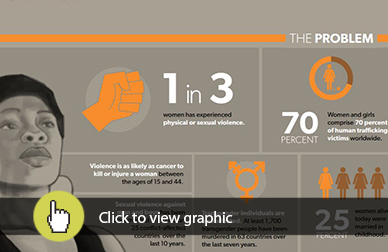 Gender-based violence (GBV) is a public health problem with proven costs to the individual and the community on a physical, emotional, and financial level. In addition, GBV is a human rights violation — arguably one of the most frequently perpetrated violations worldwide, with an estimated one in three women experiencing physical or sexual abuse in her lifetime. This issue is not limited to women, and can affect the broader population worldwide, including LGBT individuals. Integrating GBV screening into health systems strengthening presents a unique opportunity to reduce the costs of GBV and ensure that all survivors of GBV receive the physical and psychosocial support they need.
Gender-based violence (GBV) is a public health problem with proven costs to the individual and the community on a physical, emotional, and financial level. In addition, GBV is a human rights violation — arguably one of the most frequently perpetrated violations worldwide, with an estimated one in three women experiencing physical or sexual abuse in her lifetime. This issue is not limited to women, and can affect the broader population worldwide, including LGBT individuals. Integrating GBV screening into health systems strengthening presents a unique opportunity to reduce the costs of GBV and ensure that all survivors of GBV receive the physical and psychosocial support they need.
GBV’s place in the continuum of care
When designing programs to strengthen health systems in developing nations, it is essential to integrate GBV screening into the continuum of care rather than setting up parallel or separate services to prevent survivors from slipping through the cracks. Whether a person comes in for malaria testing or nutrition counseling, practitioners should be equipped and trained in a toolkit to understand and identify the signs of gender-based violence, particularly intimate partner violence (IPV), in addition to being able to provide culturally appropriate counseling and referrals to the services available. This requires the health system to reinforce those services as well — many health systems provide physical care without available psychosocial support. Stigma often prevents women and LGBT identifying individuals from reporting GBV and IPV, and in many places worldwide it is seen as acceptable and commonplace, making speaking about violence taboo. This only increases the need for these services in programs that are already working on improving health-seeking behaviors and improving the systems in place to provide services.
Effective GBV screening models
While there are many methods that have been adopted to identify GBV and IPV internationally, any screening can be categorized as one of the following: universal screening, selected integration, high-risk screening, or selective screening. As health systems improve and the quality of care and safety can be assured for those who are screened, universal screening, which involves asking all women about abuse at all first visits, should be adopted in all possible settings. This approach ensures the minimum requirements for safety and care are met. It can be coupled with other methods of screening, such as high risk screening targeted to those who are HIV positive or have disabilities. In addition to screening, health care providers should provide medical and emotional support, document the screening, and provide referral information to the survivor while protecting patient confidentiality. Universal screening integrated into the continuum of care increases practitioners’ ability to conduct routine screening, which enables providers to more accurately identify individuals requiring assistance with physical or sexual abuse.
Tools and training
This screening will only be effective when paired with provider training and proper systems. For example, transgender patients also experience particularly high rates of GBV and IPV. Training for practitioners should provide understanding of the unique aspects of IPV to the LGBT experience, such as outing as a tool of abuse, and the stigma individuals may face when seeking help from the police or even family and friends. Practitioners themselves should be trained in gender sensitivity to create safe spaces in societies that may otherwise marginalize these individuals. Clinical screenings can be coupled with institutional and community materials and events such as pamphlets and role-playing gatherings. Existing education resources on GBV and IPV can be revised to be inclusive of LGBT victims of abuse where needed.
If all health systems strengthening programs integrated universal GBV screening, coupled with practitioner tools and training, the worldwide burden of GBV could be significantly reduced. This will be key in the achievement of the UN Sustainable Development Goals of “Gender Equality” and “Good Health and Well-Being.”




